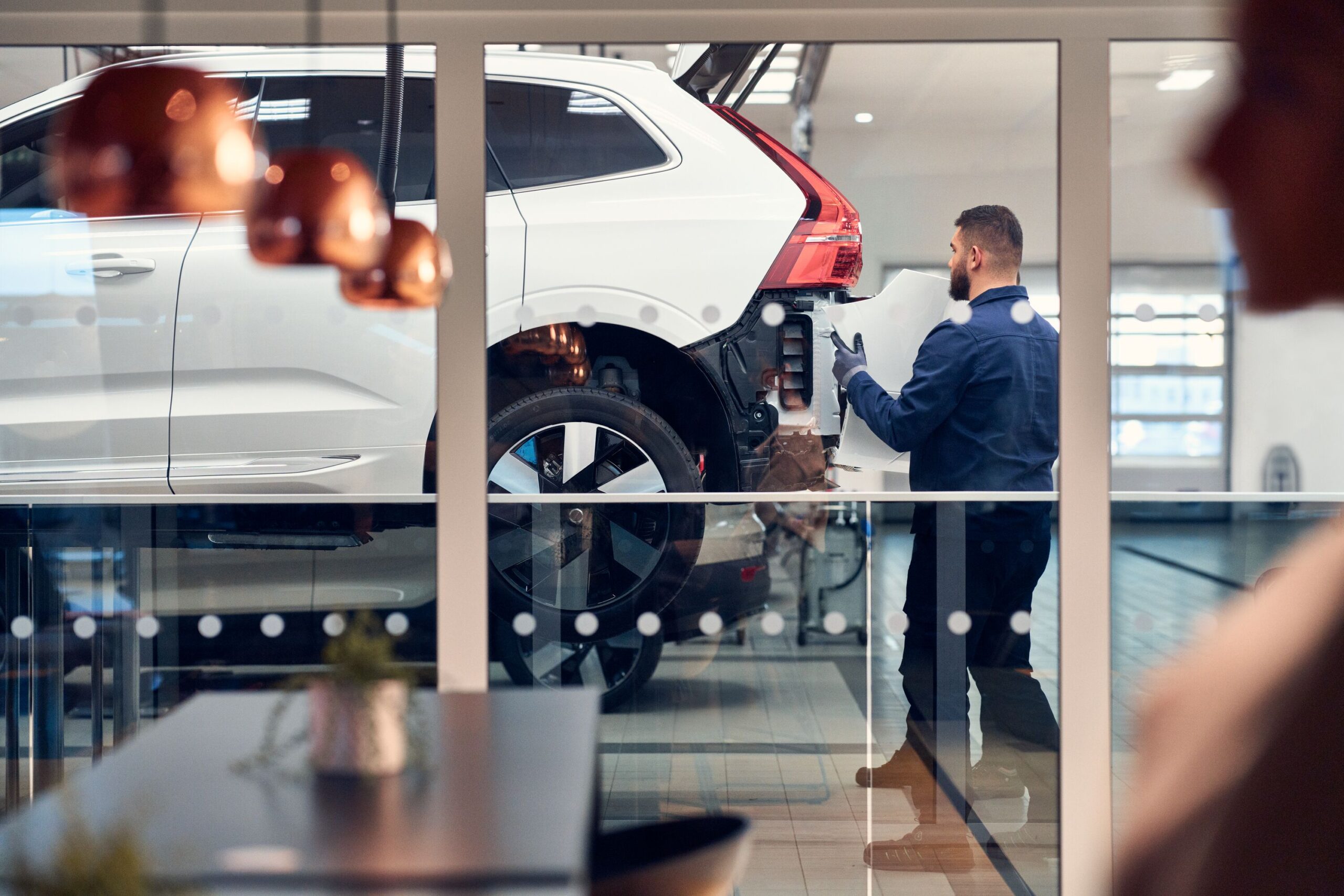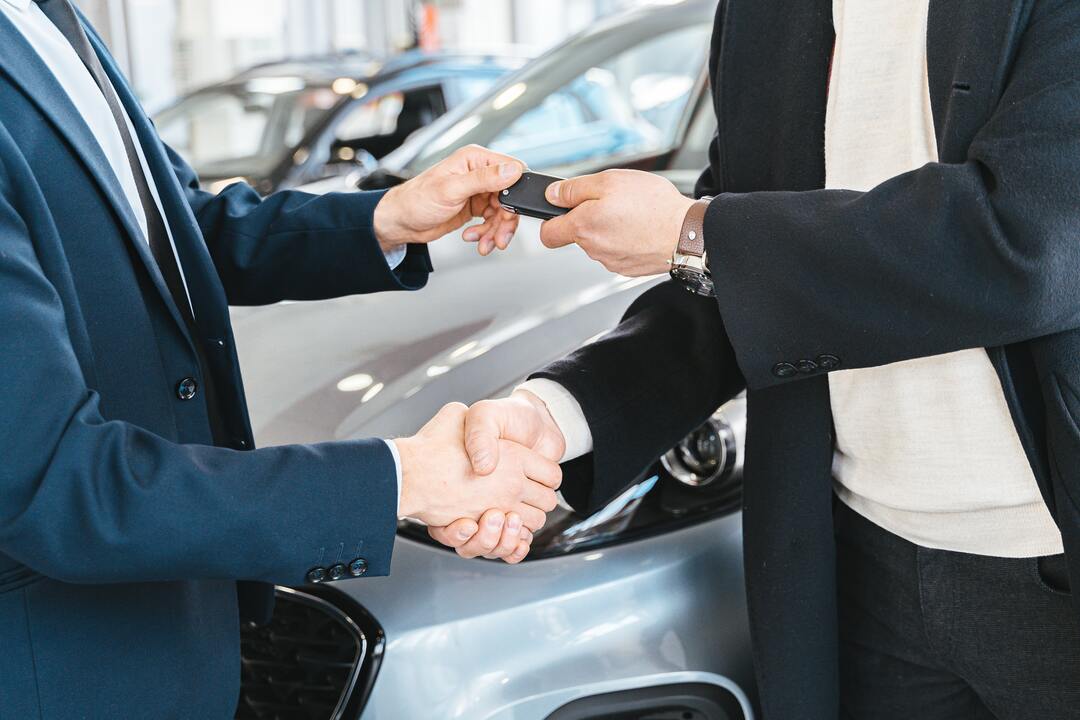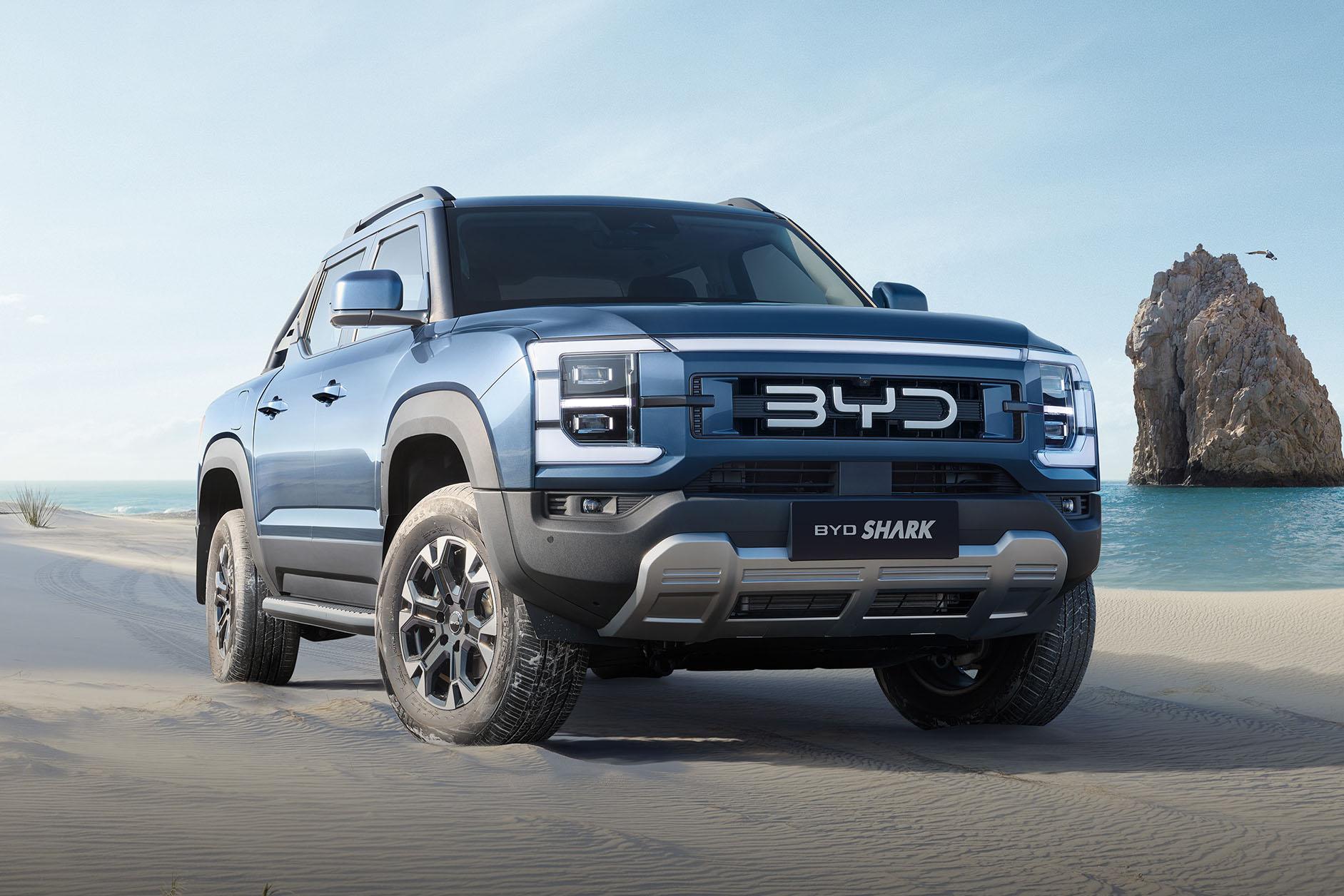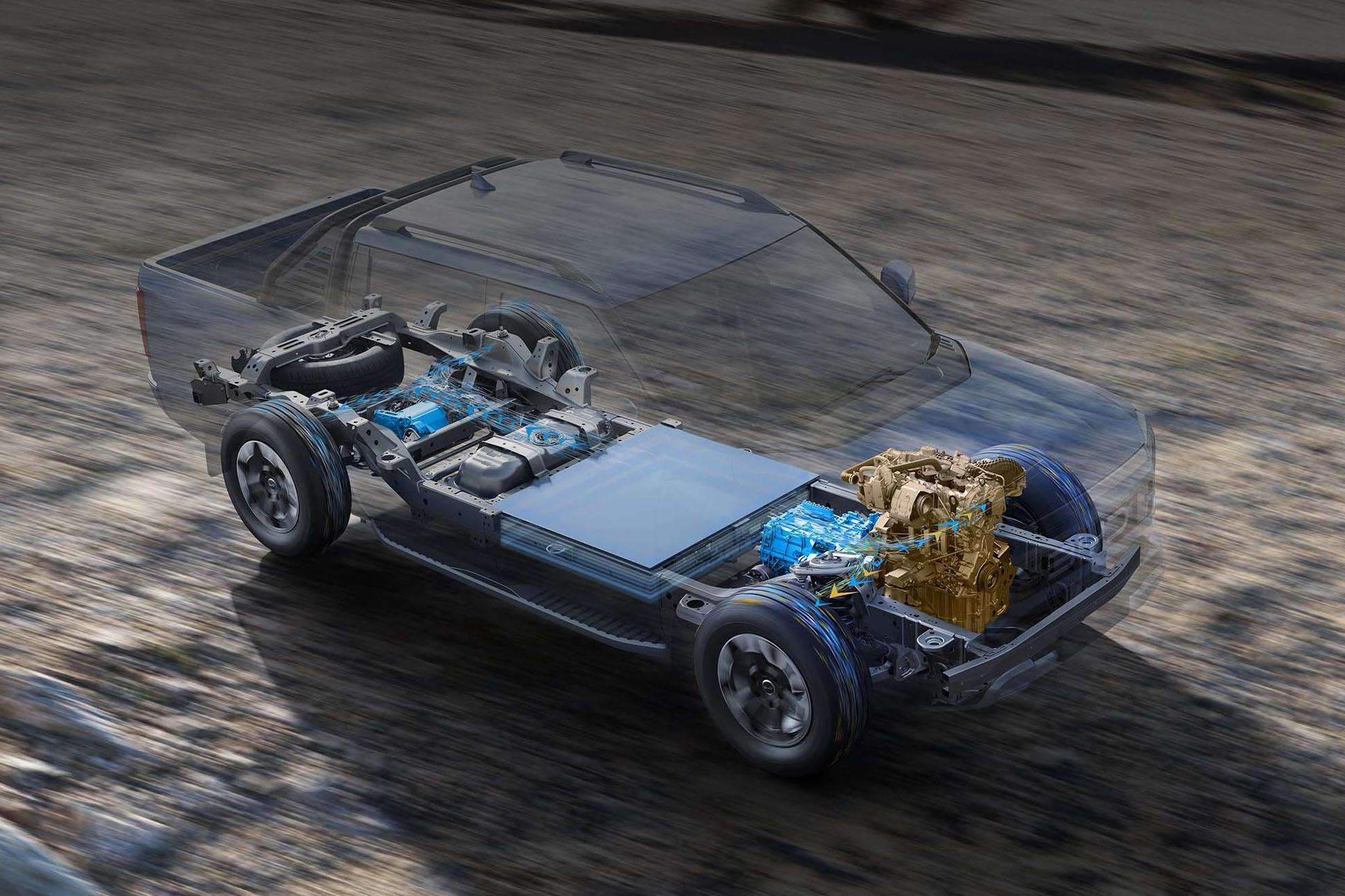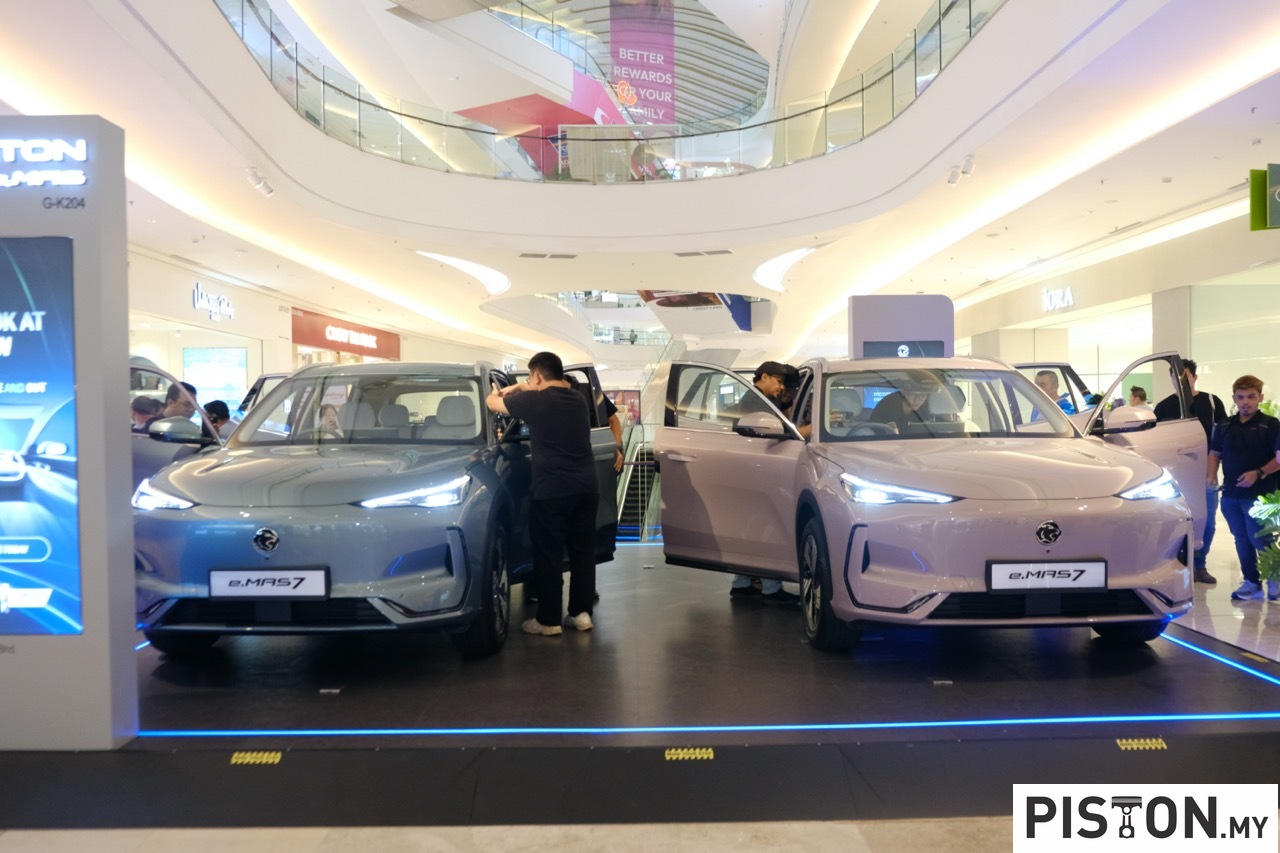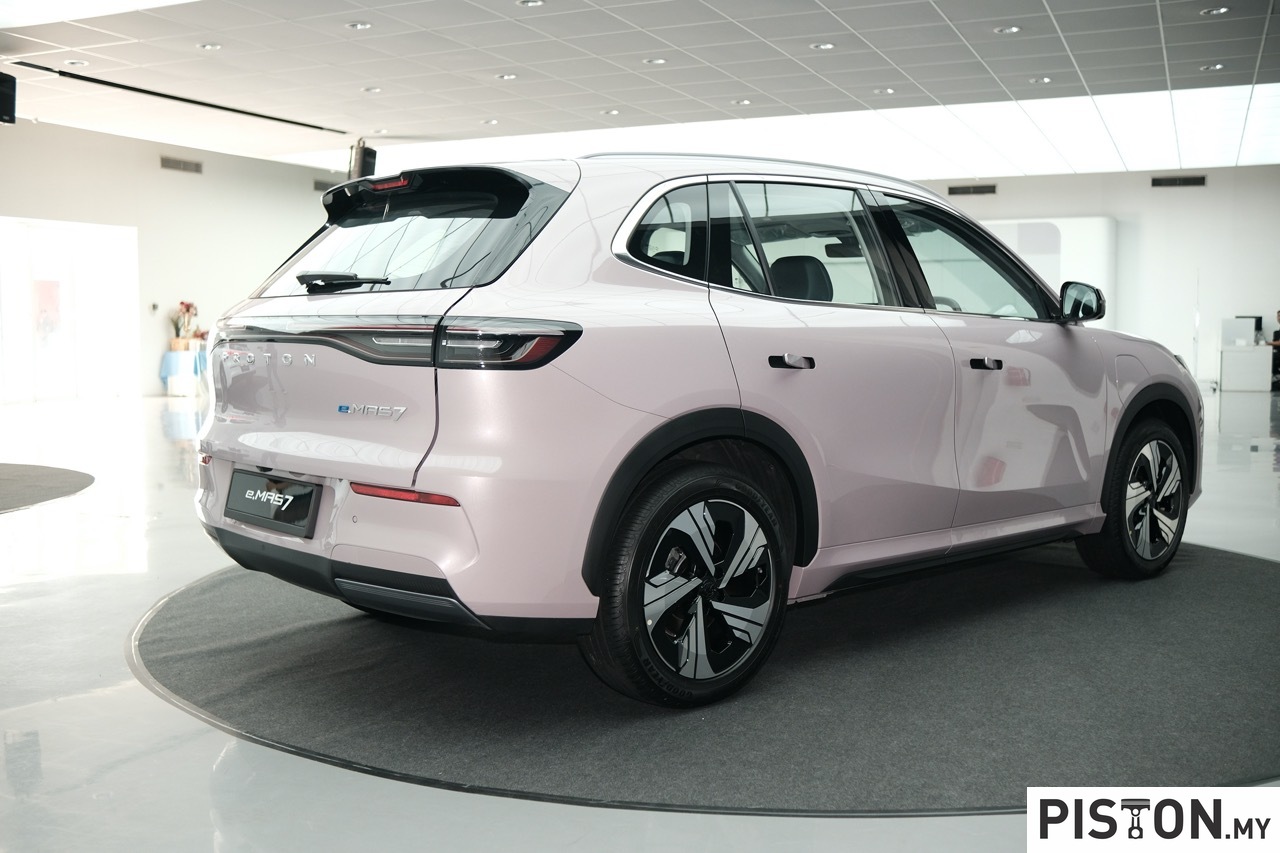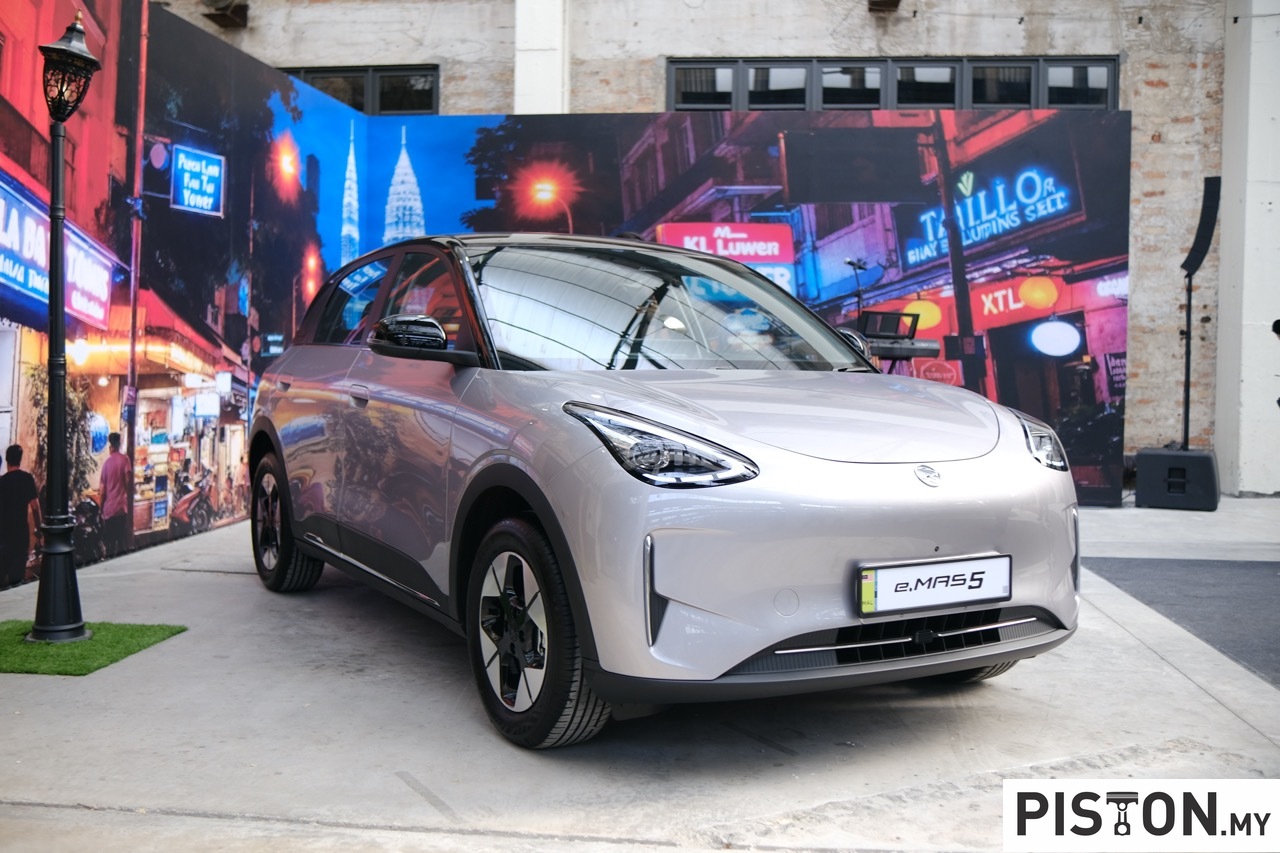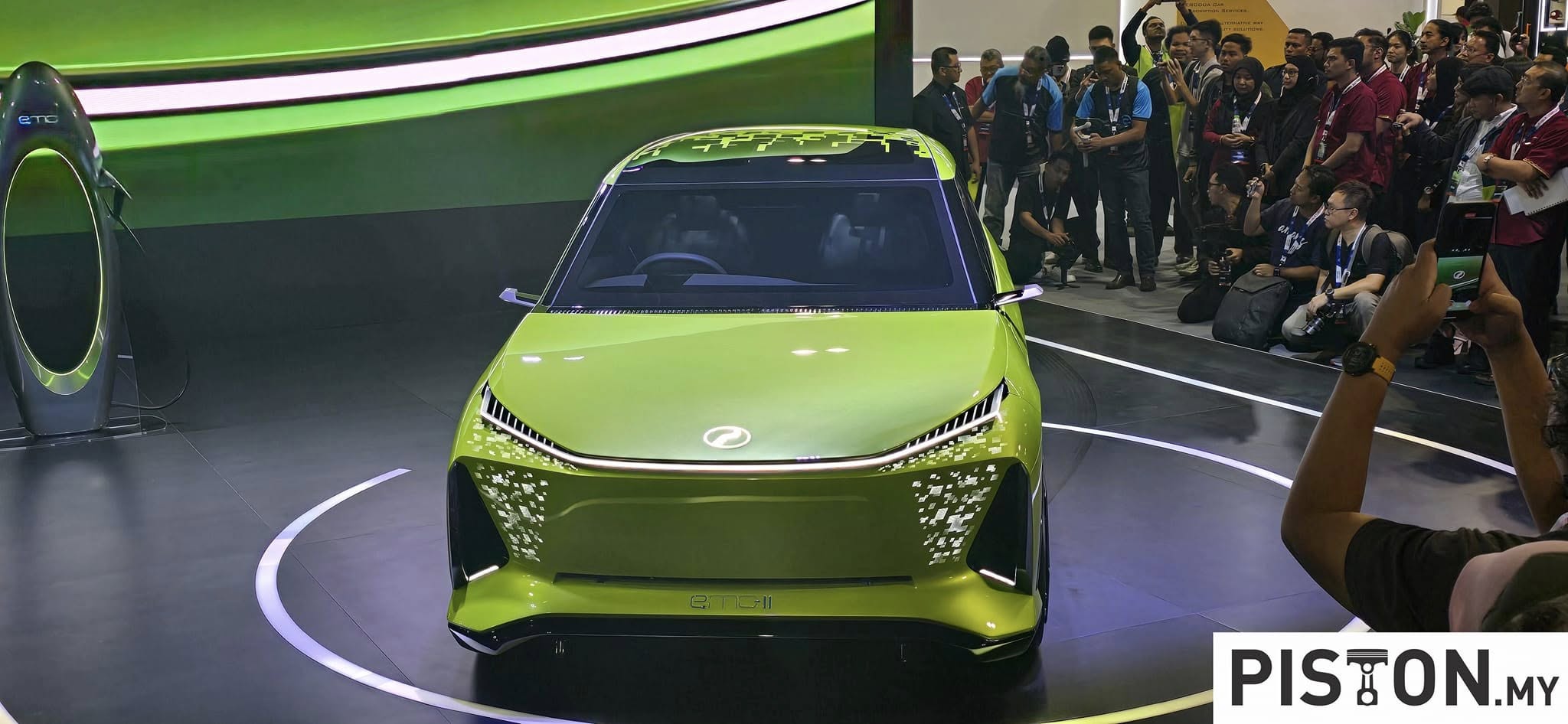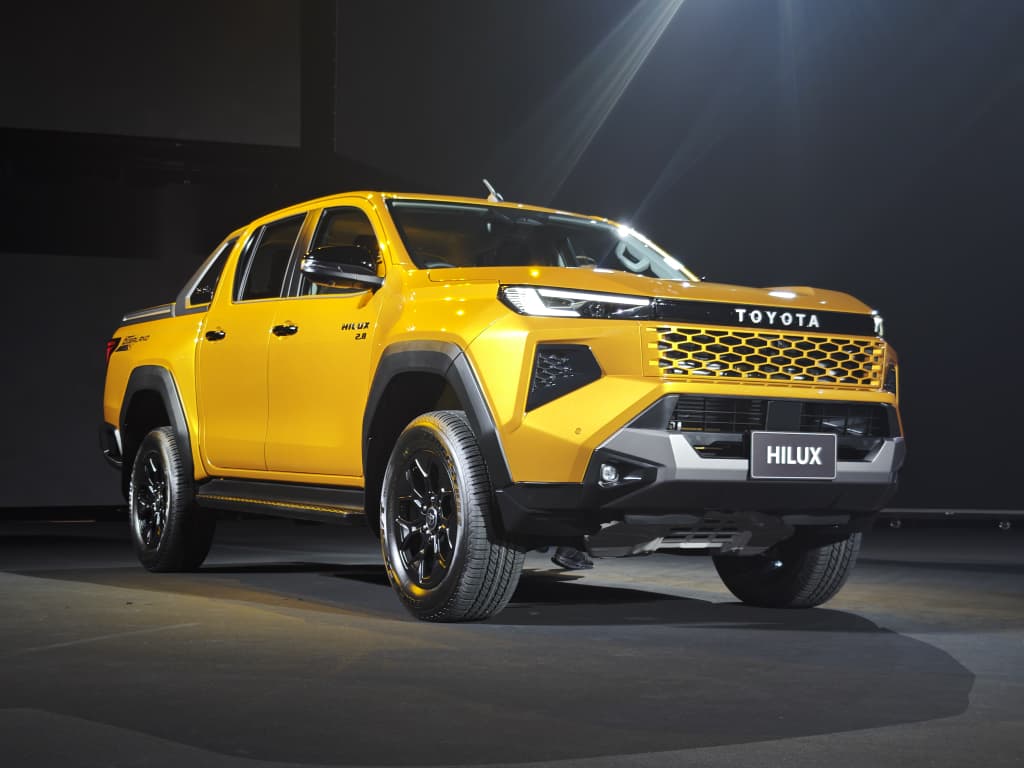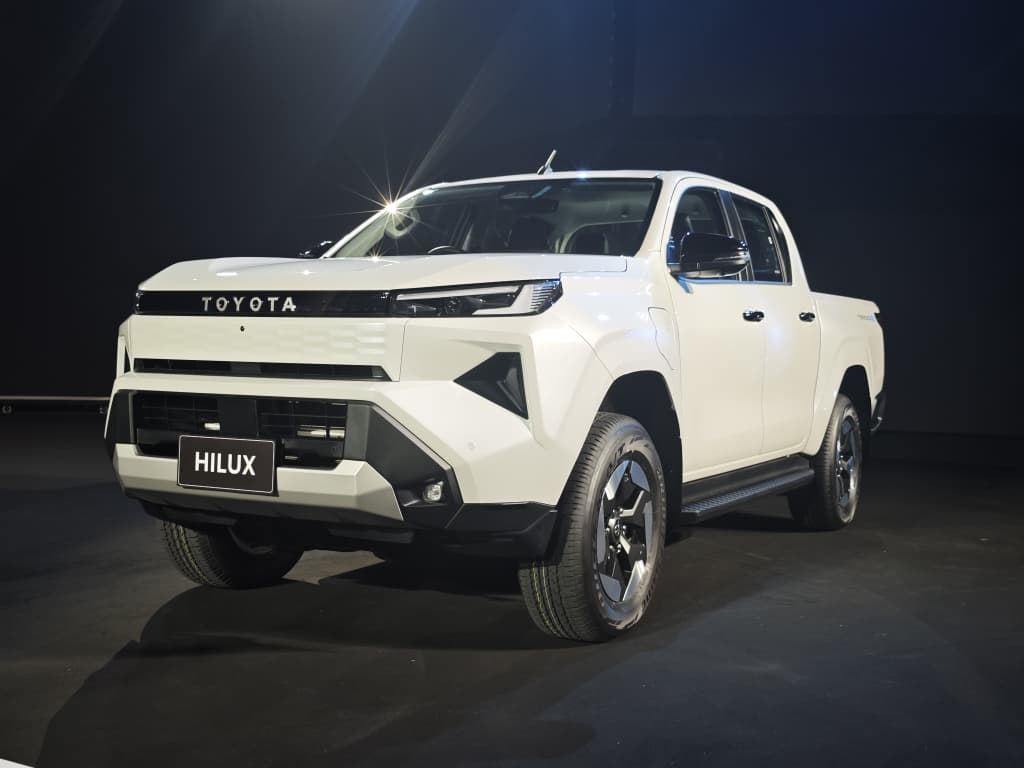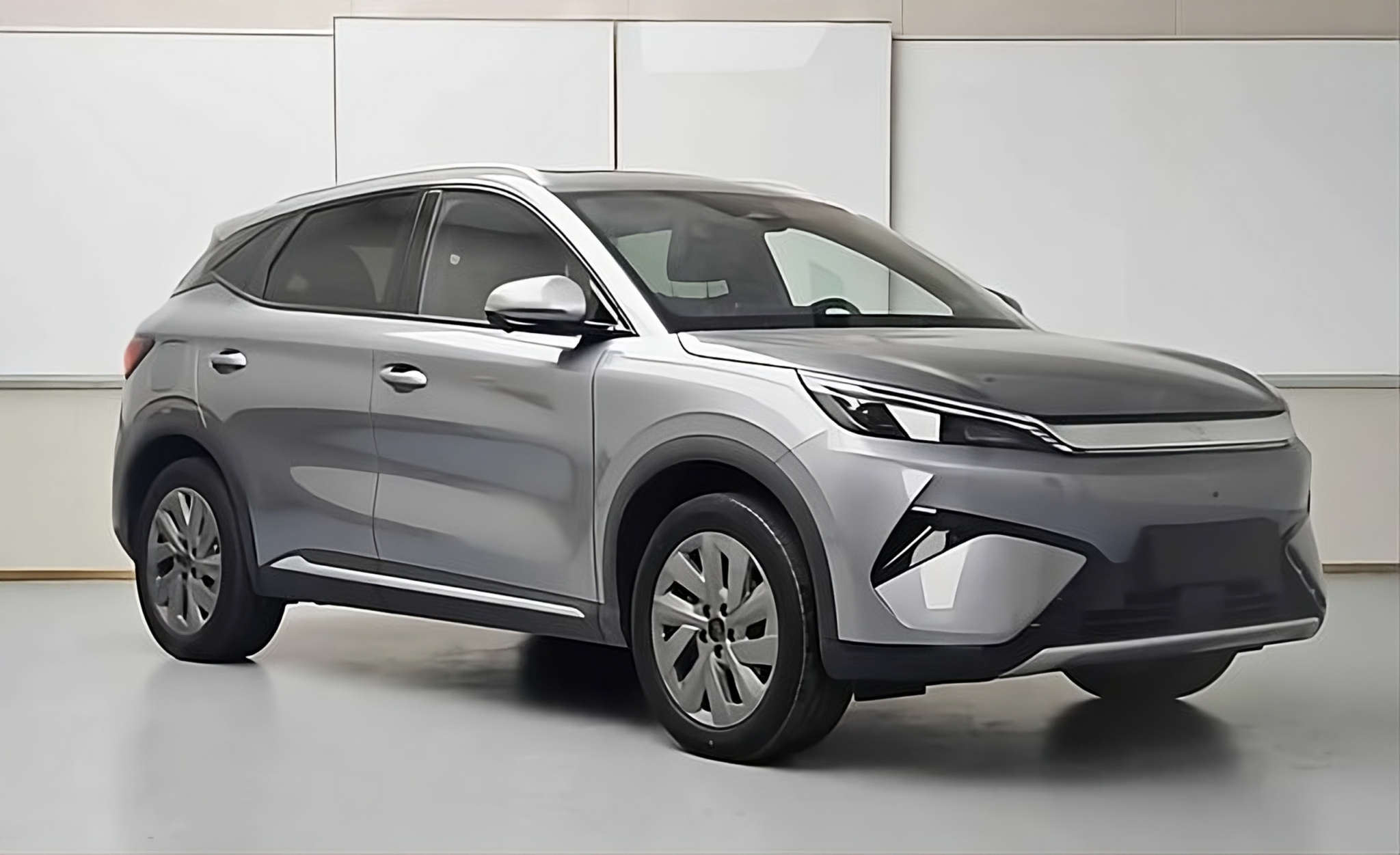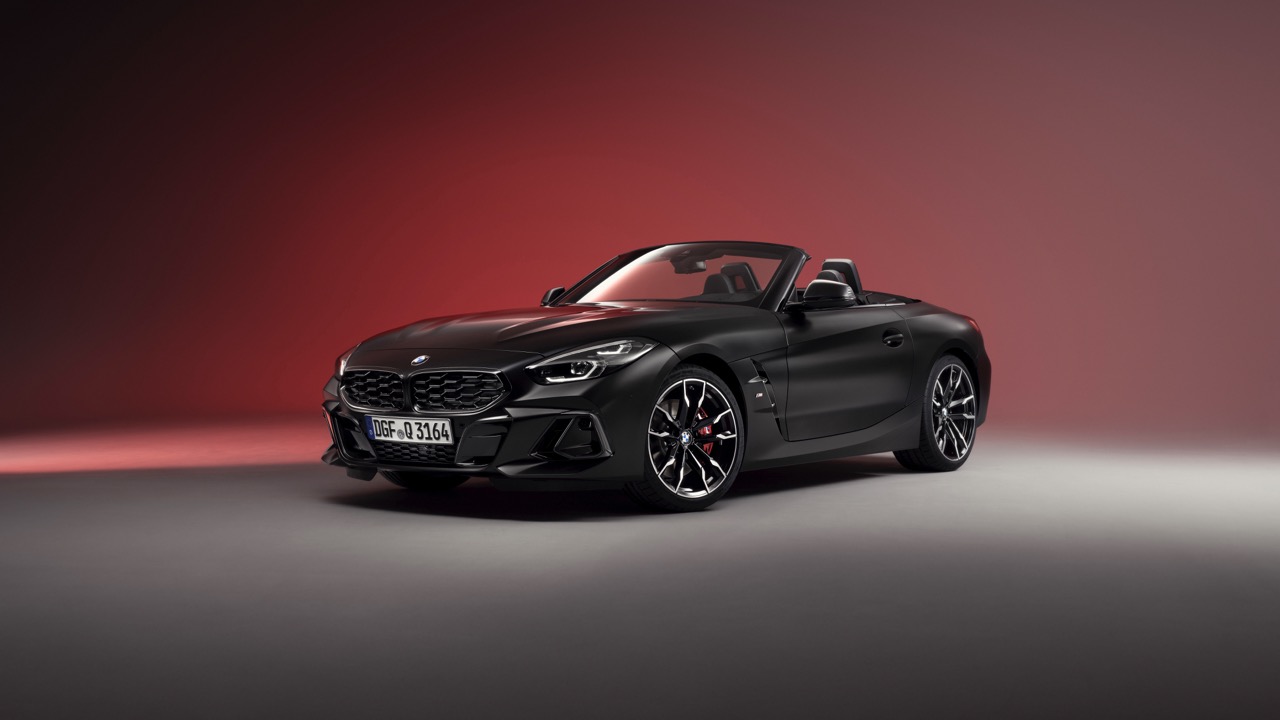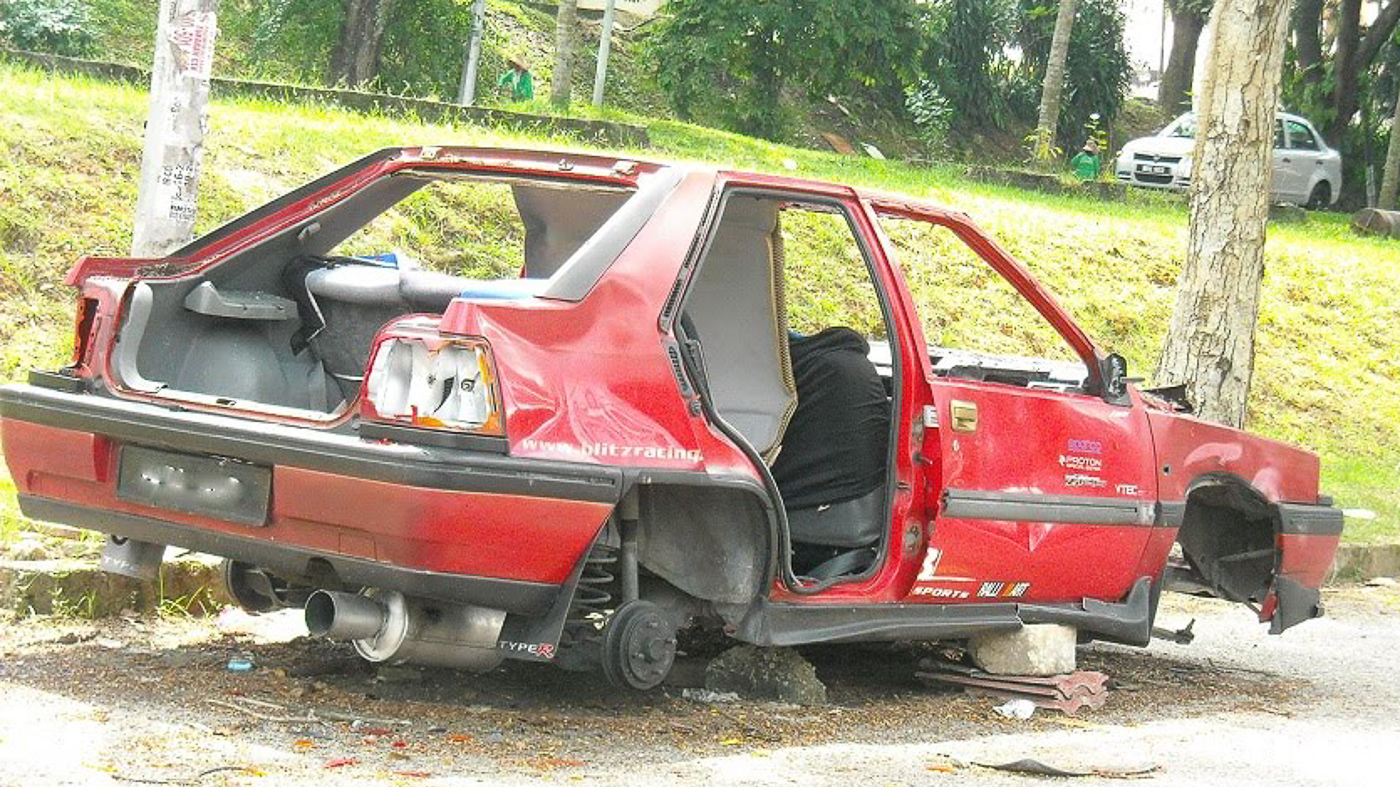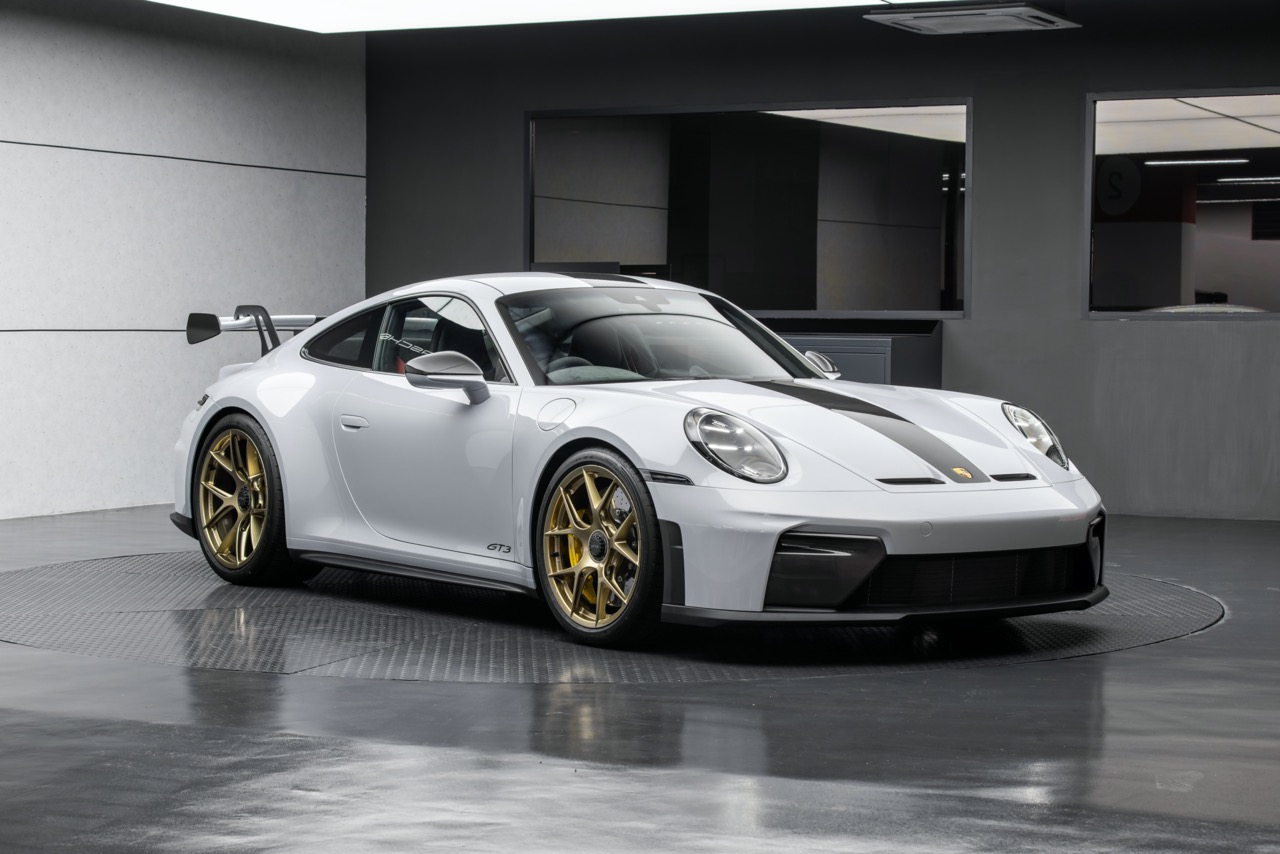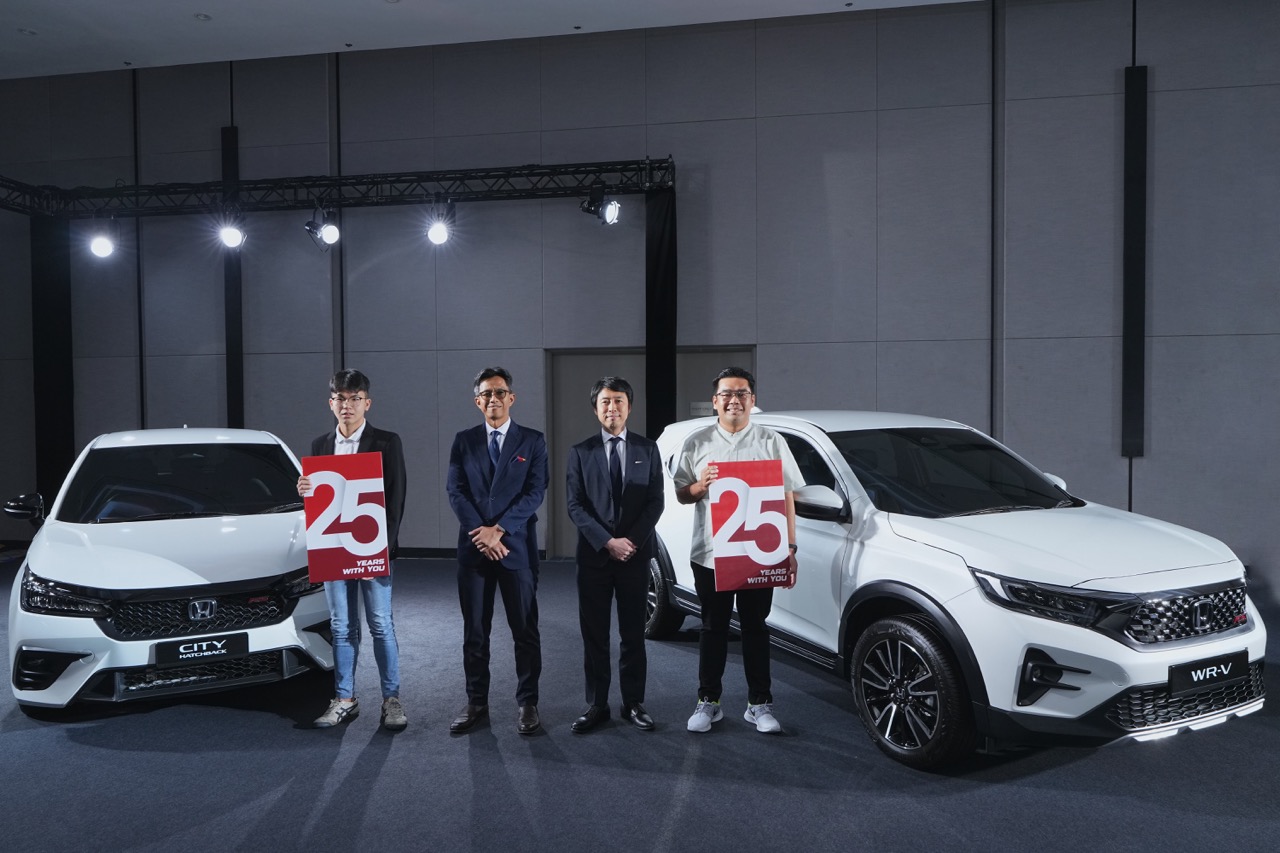Volvo Car Malaysia has reintroduced its pioneering aftersales assurance initiative under a new name — the Volvo Genuine Parts Extended Warranty programme. This industry-first scheme offers a lifetime warranty at no extra cost on Volvo Genuine Parts that are installed at authorised Volvo dealerships across the country, setting a new standard in the premium car segment.
The programme is designed especially for customers whose vehicles have exceeded the standard manufacturer’s warranty, giving them continued confidence and long-term protection. It reflects Volvo’s ongoing dedication to product quality, customer care, and reducing overall ownership costs. True to Volvo’s promise of safety and reliability, these parts are guaranteed to be “For Life.”
Unlike the standard new-car warranty, the Volvo Genuine Parts Extended Warranty covers both the cost of parts and labour for all eligible replacements carried out by authorised dealers, with no additional charges beyond the price of the part and its installation. The coverage applies for the lifetime of the part, ensuring customers enjoy complete peace of mind long after the original warranty period has ended.


